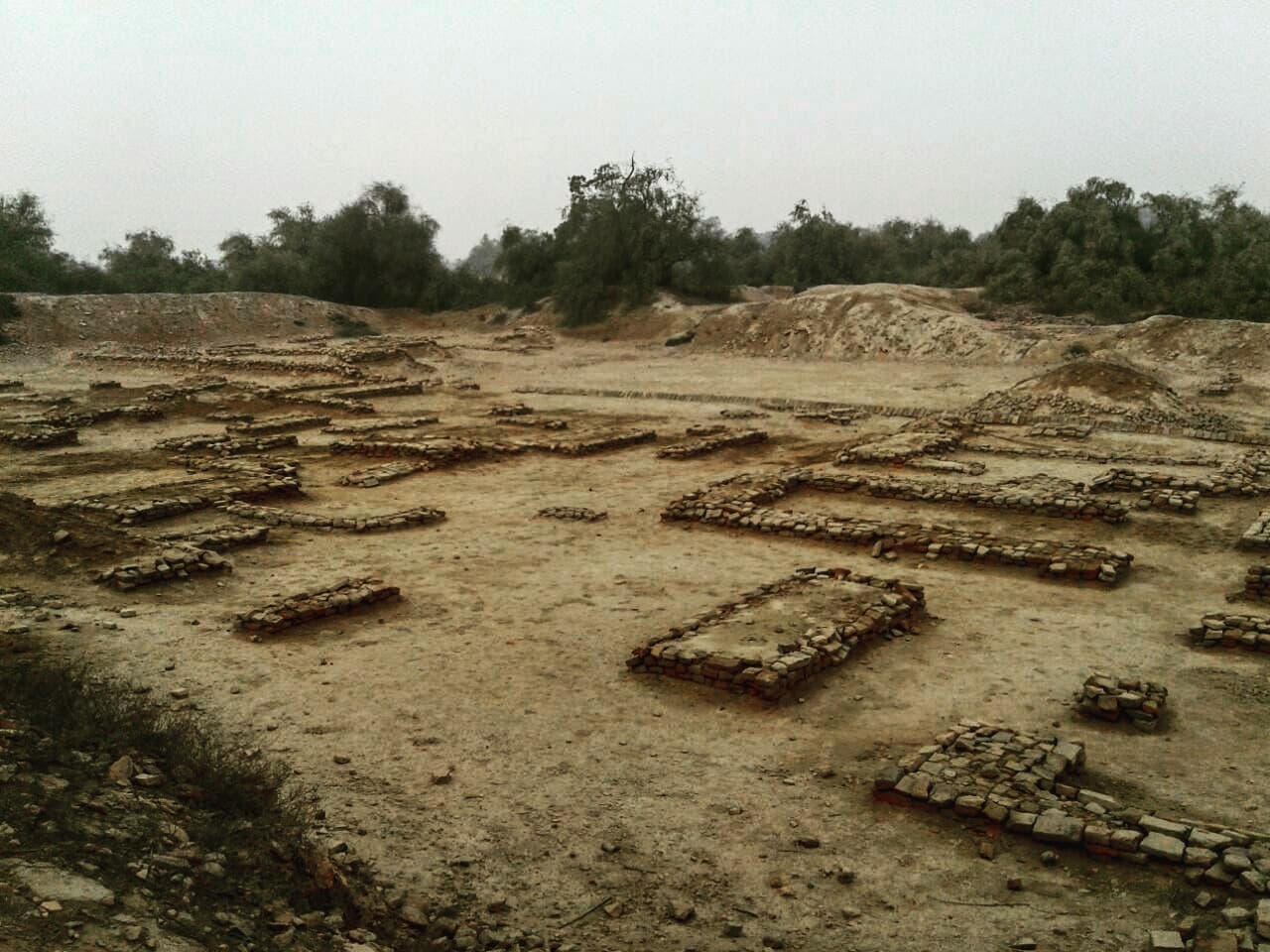Representing the earliest manifestation of urban development, the Indus Valley civilization stands to be one of the crown jewels of historical heritage that Pakistan proudly holds.
Dating back to 5,000 years ago, the Indus Valley civilization is one of the oldest civilizations in history known to humankind, thriving for about 700 years, from 2600 B.C. to 1900 B.C. The entire civilization, with close to 400 settlement sites, spans a total of 1,000,000 sq. kilometers across multiple countries including Pakistan, India, Iran, Afghanistan, Russia, and China. These settlements have been seen to consistently be in close proximity to the River Indus banks and those of its tributaries, hence getting the name of Indus Valley civilization.
Many archaeologists believe that the people from the Indus Valley civilization originated from Mesopotamia, in Iraq, and have been known to be traders of goods and services with the neighboring regions of what’s now called Iran, Iraq, Turkmenistan, and Afghanistan through land connections. These people were the first ones to establish overseas trade, which was a concept unheard of at that time. Others believe that this was a ‘pristine’ civilization – which means a culture that arose indigenously, without influence from another conquest, immigration, or cultural exchange.
Their origin, however, remains a matter of theoretical speculation and has not been proven yet.
What sets aside the Indus Valley civilization from other old communities of that time is the sophistication of urban development in the cities that have been excavated from this region. This included water-channeling, roads, alleyways, grid-style neighborhoods, and much more.

Two of the civilization’s major settlements were excavated in Pakistan and hold incredible historical value for archaeologists and historians alike. These archaeological sites, named as Harappa and Mohen-jo-Daro, have been discovered to be two of the main city centers for the residents of those times, and are major tourist destinations for adventure traveling in Pakistan.
Read on further to know more about the importance of Pakistan for this civilization.
Harappa
Discovered in the 1920s, the previously termed Harappan Civilization is situated on the old bed of River Ravi in Sahiwal, Pakistan. This is approximately 160 kms Southwest of Lahore.
The city is from the Bronze Age and after excavation was seen to have been built on somewhat urbanized architectural plans, with an estimate of over 23,000 residents occupying it. A citadel, with a tall mud-brick rampart, was discovered in the city, sitting on a hill along the western border, while workers’ quarters occupied the eastern side in a grid-lock style block with brick floors, indicating evolved civil engineering in Harappa.
The site of Harappa, as well as Mohen-jo-Daro proved that the Indus Valley civilization was quite modern and futuristic for its time with the way the city has been built with bricks. It is believed that much of the bricks were stolen or destroyed during the British occupation and the city now stands in ruins for historians and travelers to explore.

Mohen-jo-Daro
The name ‘Mohen-jo-Daro’ literally translates to ‘the mound of the dead’ in the local Sindhi language.
It is situated on the bank of River Indus near Larkana, Sindh, Pakistan. It is approximately a 7-hour long road trip from the major metropolis of Karachi.
Mohen-jo-Daro was excavated in 1924 by a British archaeologist by the name of John Marshall and is one of the most popular historical heritage sites in Pakistan. It is now a designated UNESCO World Heritage Site as well.

The city is known to be one of the major urban centers of the Indus Valley civilization and is built on the basis of a complex, urbanized society structure with sophisticated urban road planning and large-scale building structures, similar to Harappa. The buildings are built in a rectilinear grid plan with sun-dried mud bricks and wooden supports. The roads discovered in Mohen-jo-Daro were broad avenues with brick pavements, complete with elaborate drainage systems, communal baths, and irrigation systems. The archaeological site uncovered remains of numerous crafts, pottery ruins, stones and gems, idols, coins, statues, and bricks. One of the most popular artefacts discovered from here is a bronze statuette of a ‘Dancing Girl’, portraying a teenage girl with bangles and scant clothing.
It is believed that the inhabitants, close to 30,000 to 40,000 in number, would store water in large tanks and grow crops, including barley, wheat, some legumes, and cotton.
The most popular building structure found in Mohen-jo-Daro is the Great Bath. Believed to be used for ritualistic purposes, the Great Bath is said to be a site for communal bathing and is a massive, rectangular 39 feet in length. Steps lead down to a pool that is almost 8 feet deep. Apart from this, similar to Harappa, a citadel also stands at an elevated height here, which is believed to be used to carry out religious and ceremonial activities.
Archaeologists believe that Mohen-jo-Daro may have been destroyed by floods, since the city structure seems to have been fortified to resist flooding in the olden times. Evidence suggests that the city saw devastating floods of abnormal durations, possibly due to encroachments of the river banks.

Both the Mohen-jo-Daro and Harappa cities are two of the oldest, most historically rich tourist sites of the Indus Valley civilization in Pakistan and offer an enlightening experience of a lifetime for all travelers and explorers.
To know more about our tours and itineraries including visits to these cities, contact us here now!
Written by: Tooba Latif
